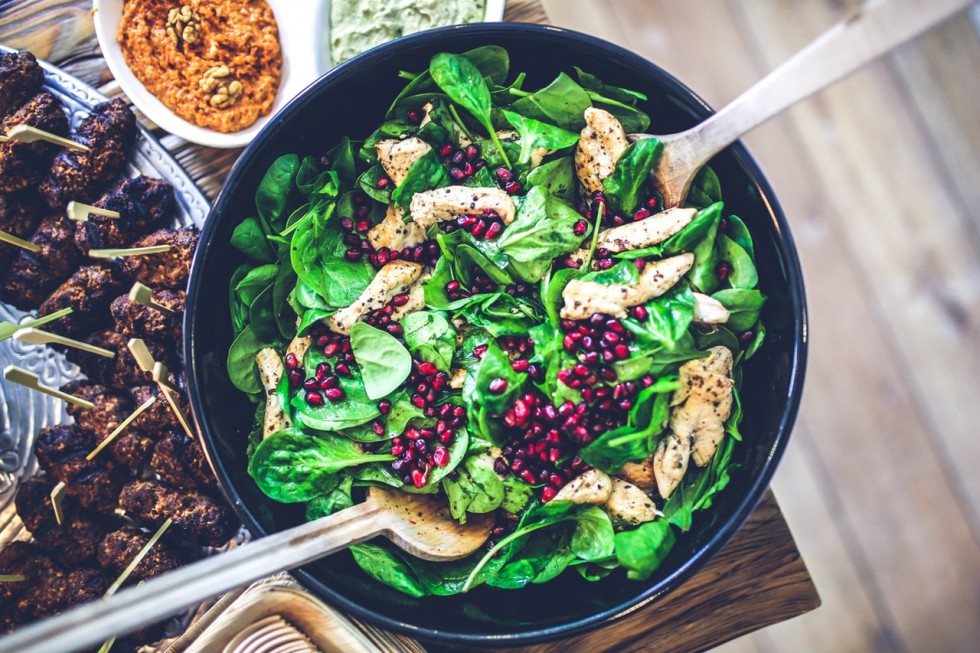Winter months frequently become a nutritional challenge for people who follow healthy eating habits. It’s harder to find fresh fruit and vegetables in winter, there is not so much tasty healthy food if compared to summer months. Very often this leads to breaks in our diets and severe health consequences in the end. In this article we’re aiming to show you that healthy eating in winter is not only possible, it’s in fact much easier than you could have imagined! Read several healthy eating tips below and find a bonus at the end of the article!
Top tips for winter healthy eating
-
Eat fruit and vegetables
This is a traditional healthy eating tip for all times and seasons. Fresh fruit and vegetables contain antioxidants that help in topping up your immune system. The trick is, however, not to stick to your usual fresh diet because every season brings its fruit and vegetables. Opt for products you can find on the market and not look for a mango in December. You can find the list of five great fruit and vegetables for winter healthy eating at the end of the article.
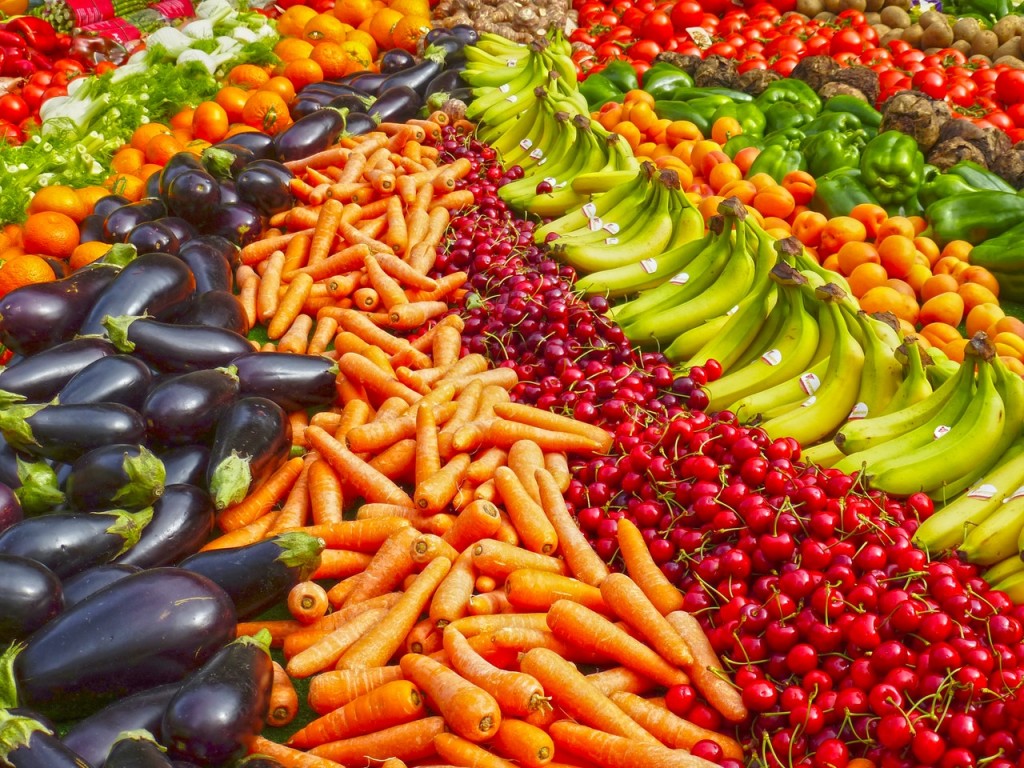
-
Make casseroles
A casserole is a perfect dish for winter health eating. On the one hand, it allows you to use only meat leftovers and so save some money. On the other hand, the meat undergoes slow cooking methods. Nutritionists advise using several kinds of meat to get the best health effect. For instance, red meat is high in zinc and iron, while legumes can be a perfect protein source. You can also mix meat with beans or seasonal vegetables to make casserole an intriguing and unusual dish for a party dinner.
-
Eat soups
Soups in winter provide our bodies with warmth and special energy to keep us going. You don’t need to invent the wheel to make a tasty soup. Just take some carrot, onion, potato, and pepper and basically you’re done! To make your soups differ from one another, you can add some beans, chicken breasts, some peas or lentil depending on your taste.
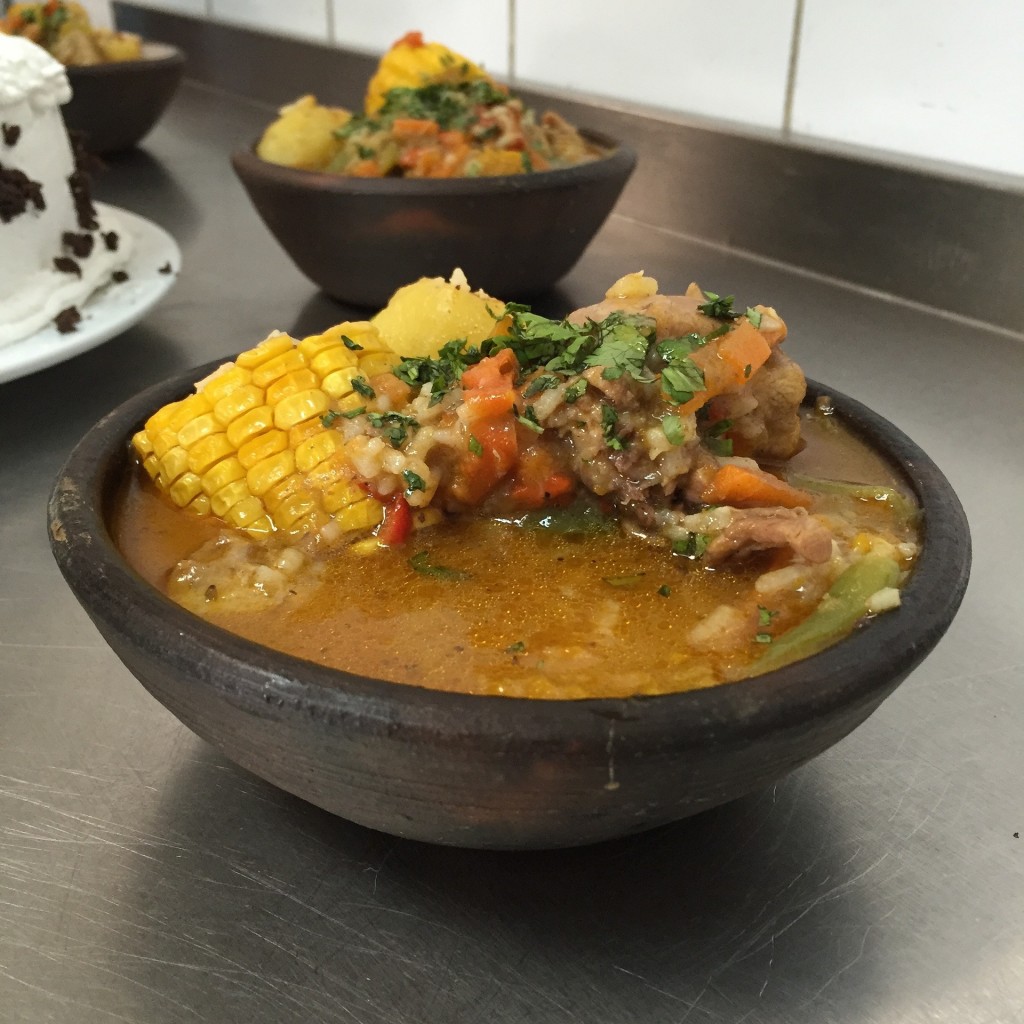
-
Watch portion sizes
In winter a lot of people start suffering from winter depression and treat it with food. As a result, they start eating more and in bigger portions. According to professional nutritionists, one of the main healthy eating tips for winter is to manage your portion sizes at all times. To avoid overeating, experts advise not watching TV during the meal, concentrate on the food by sitting and eating instead of having a snack on the run.
-
Include garlic
Garlic can help you not just protect yourself from vampires, but also add some unique taste to the dishes and stay away from great diseases. Garlic can be a great addition to meat dishes as well as seasonal fresh salads. A lot of Americans add garlic to soups, yet it’s preferred to eat it fresh than boiled.
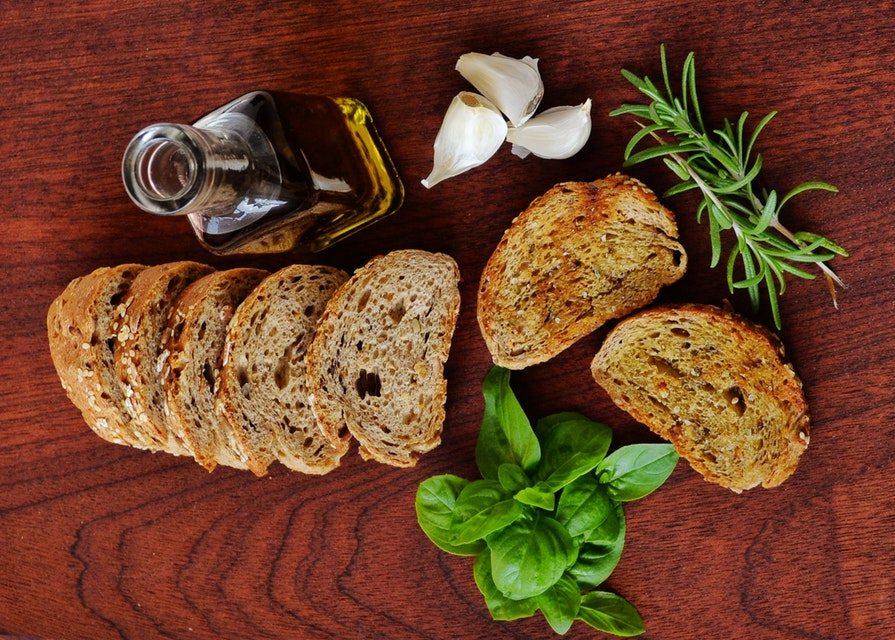
-
Eat Vitamin D
Vitamin D is received by our bodies from the sun. As winter months are connected to the lack of sun, your body may suffer from the vitamin D shortage. Yet, you can easily supply your body with this vitamin by following healthy eating tips. You need to include foods rich in vitamin D into your winter diet. Opt for oily fish such as mackerel, salmon, or sardines this winter to get balanced nutrition. You may also check your local stores to look for vitamin D fortified milk and yogurt.
And now let’s proceed to the little bonus. Here is a list of five foods to enhance your healthy eating this winter.
-
Pomegranates
Most Americans know pomegranates in the form of juice, but rarely eat them fresh. If you can make fresh juice from this fruit, then it’s great. Yet, if you don’t have a juicer, you can eat this tropical fruit as it is. Pomegranates are rich in antioxidants that help you keep free radicals from oxidizing “bad” LDL cholesterol. Furthermore, they improve blood flow and prevent arteries from blocking.
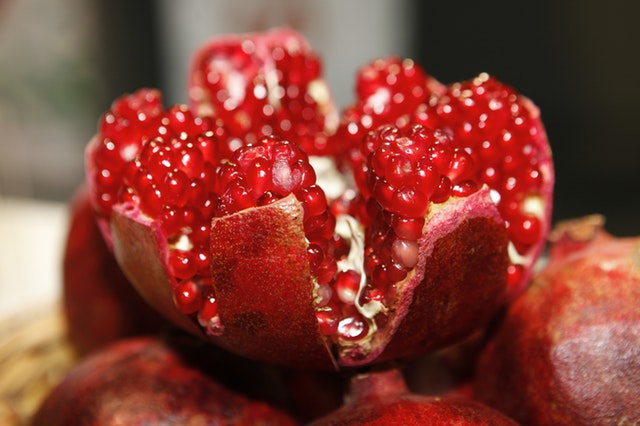
-
Dark leafy greens
Kale, collards, or chard are all representatives of dark leafy greens. All of these greens are rich in vitamins A, C, and K. Mustard greens, collards, and escarole are also a great source of folate, that is very important for women of childbearing age.
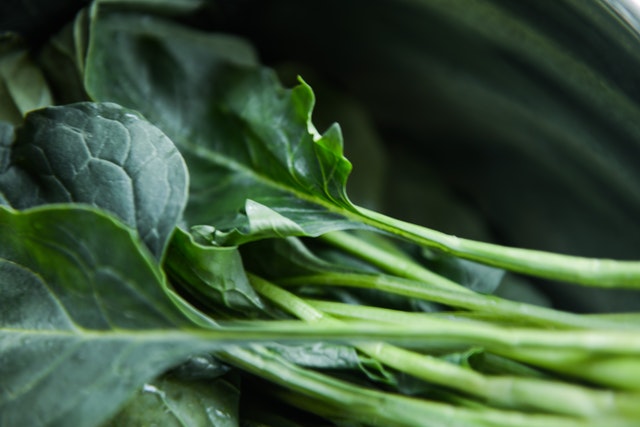
-
Citrus fruits
Lemons, oranges, limes, mandarins, pomelo, or grapefruits are all sold in abundance during the winter season. All of these fruits constitute healthy eating diet because are known as great containers for vitamin C. Flavonoids that can also be found in citrus fruit are credited with lowering “bad” LDL cholesterol and boosting “good” HDL cholesterol.
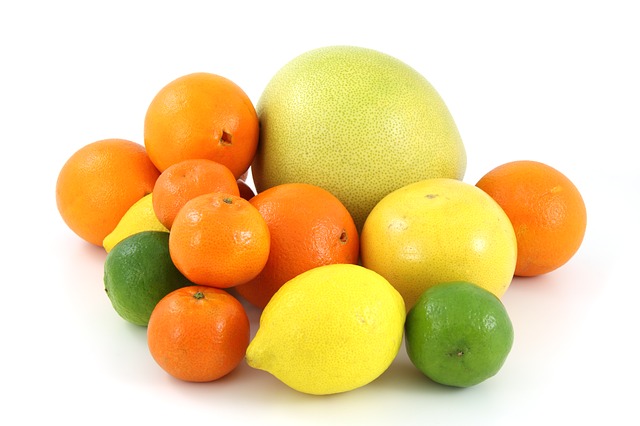
-
Potatoes
Potatoes are one of the main ingredients for most American holiday dishes for a good reason. Potatoes are frequently included in healthy eating diets because they are an excellent source of vitamins C and B6 that help keep your immunity on top of the world. Purple potatoes are also rich in anthocyanins that are linked to lowering cancer and heart disease risks.
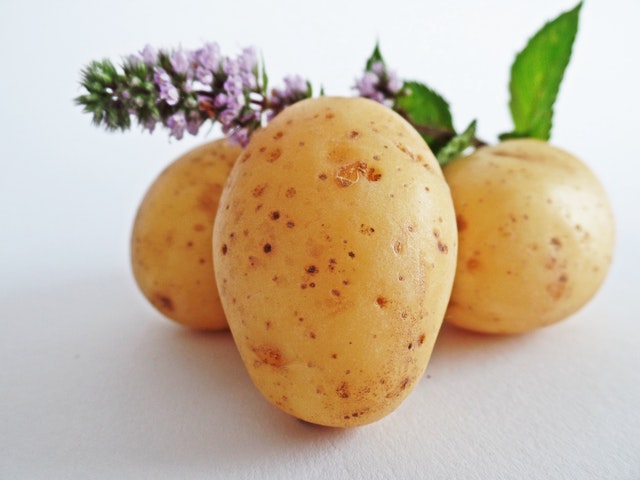
-
Winter squash
Winter squash comes in many shapes and varieties, such as acorn, butternut, delicata, or spaghetti squash. This vegetable has very few calories in it, however, it is high in vitamins A, C, B6, and K as well as potassium and folate.
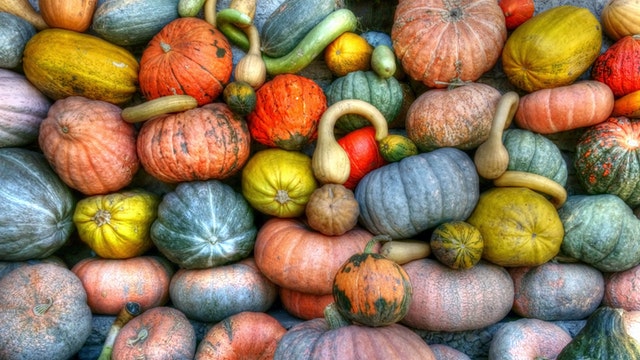
Now you know that healthy eating in winter is possible and doesn’t have to be complicated. Just stick to the regular dieting tips and remember about seasonal vegetables and fruit to keep your body up!
